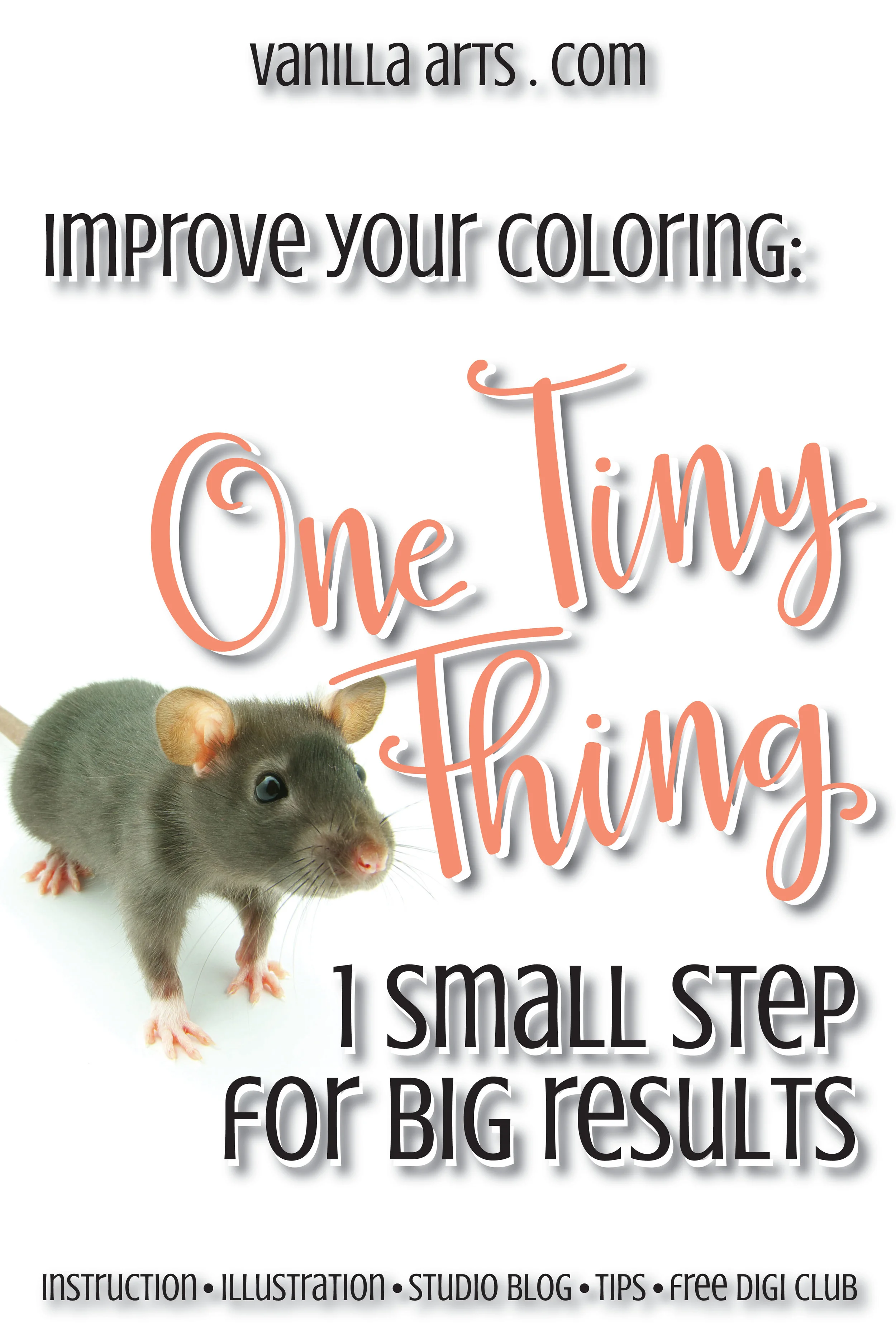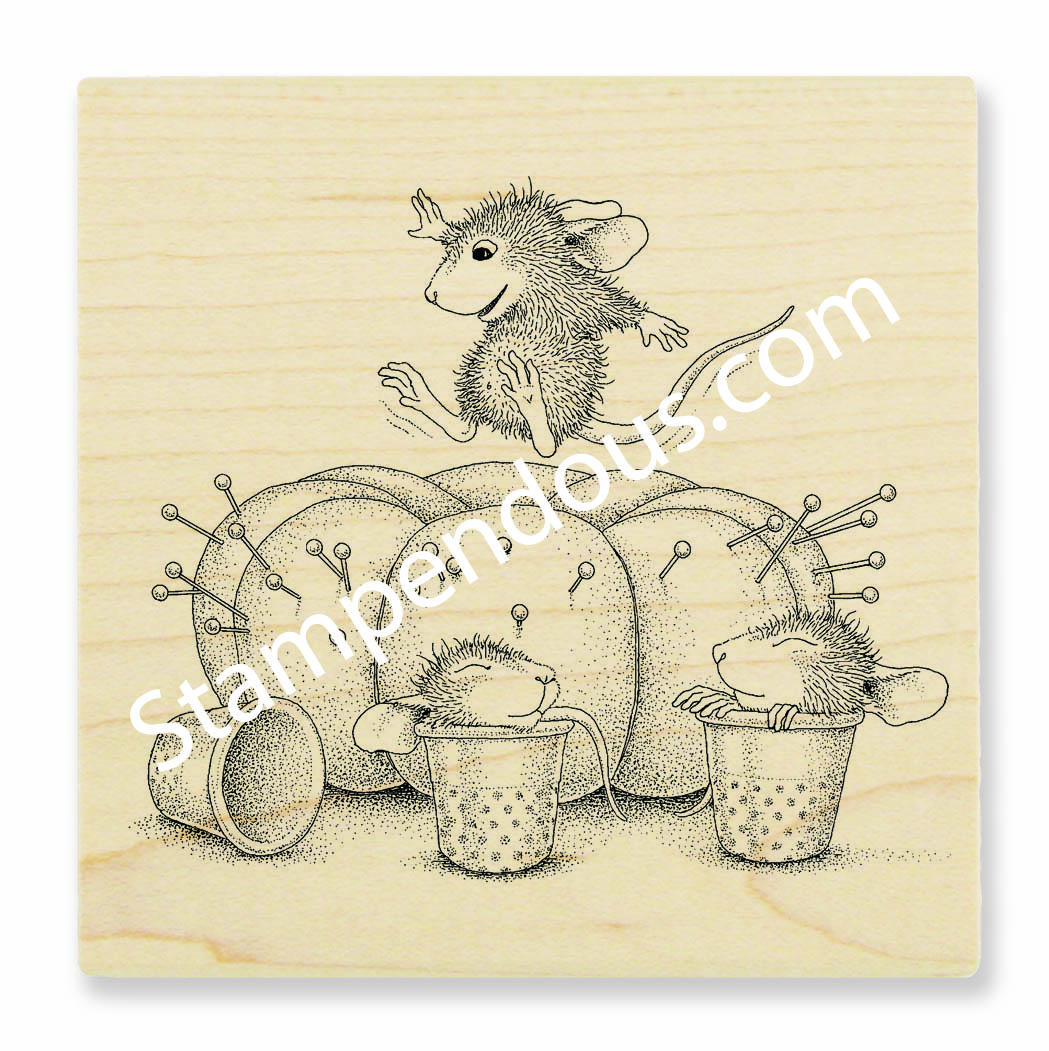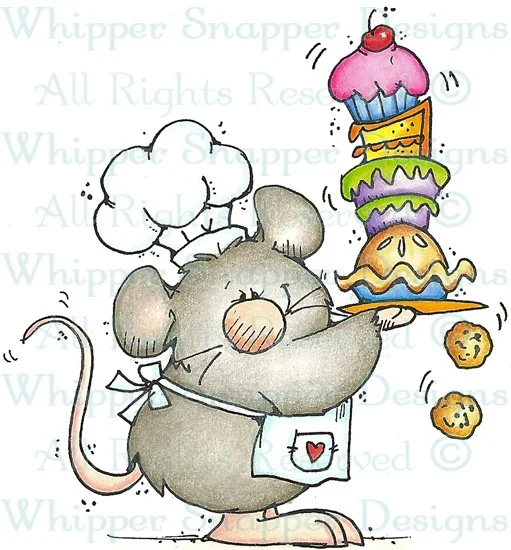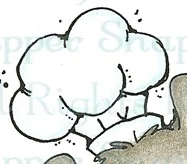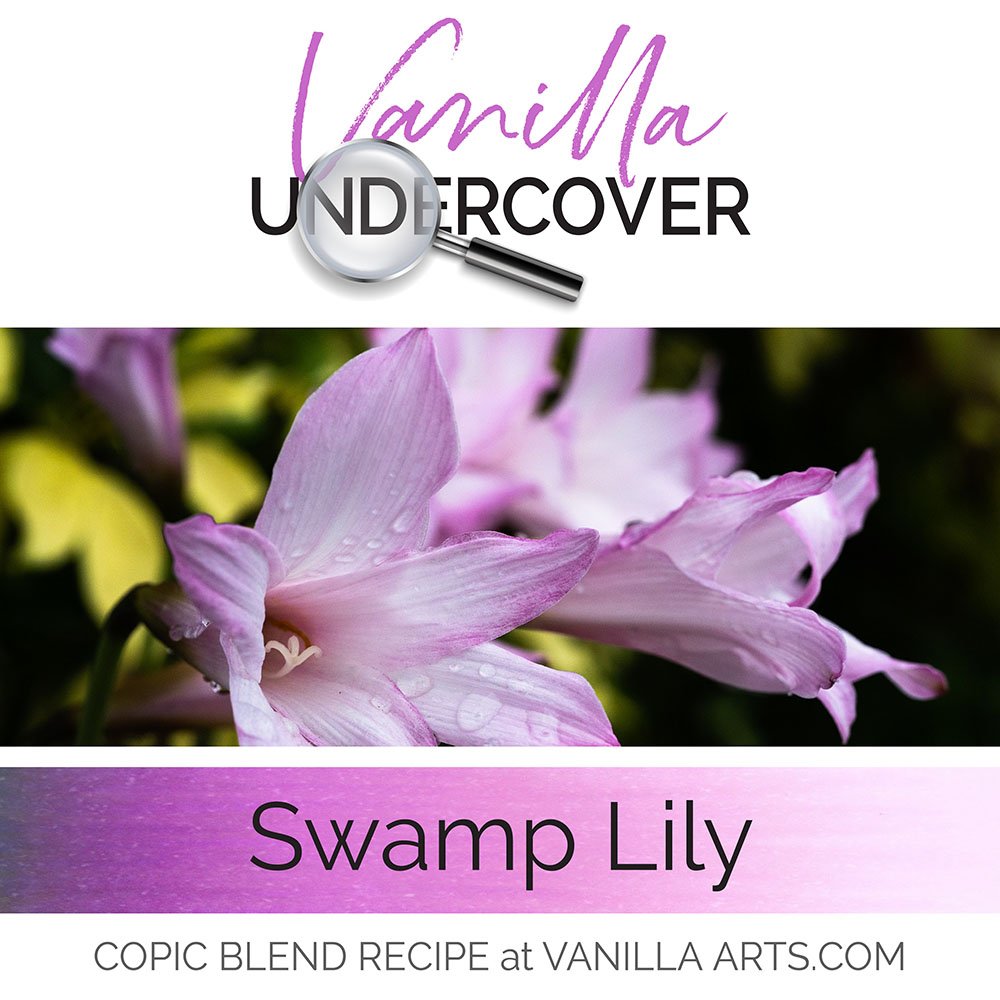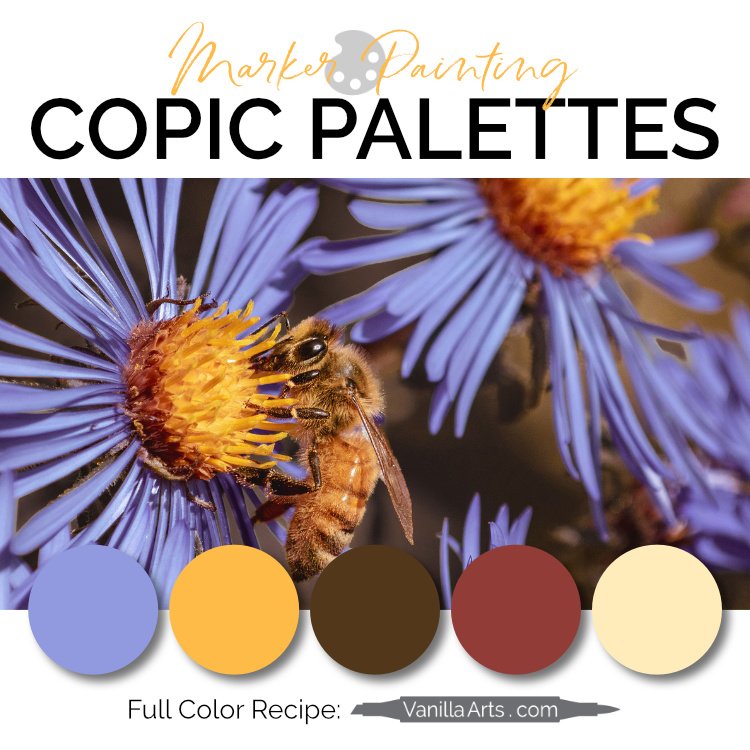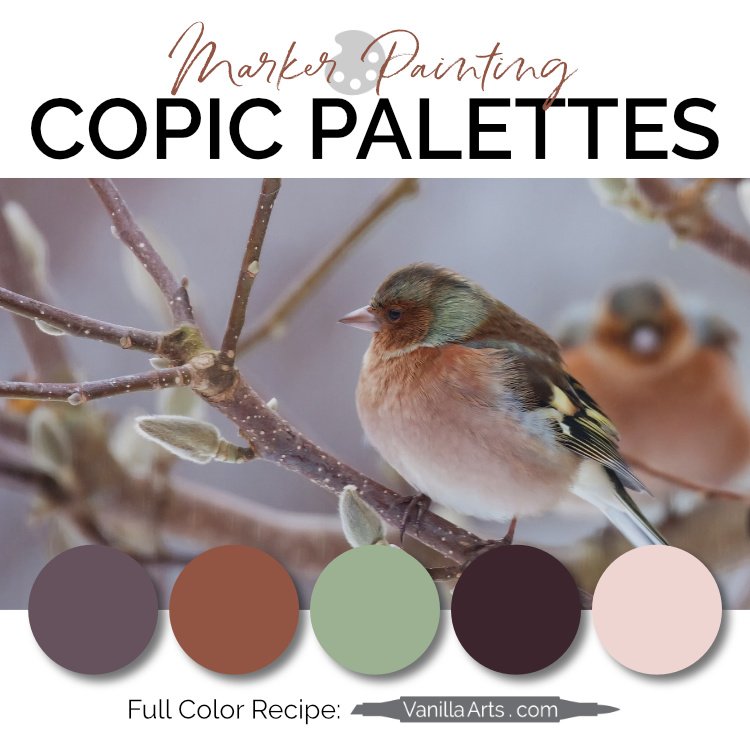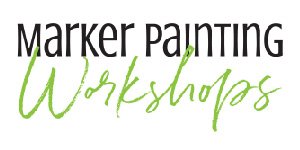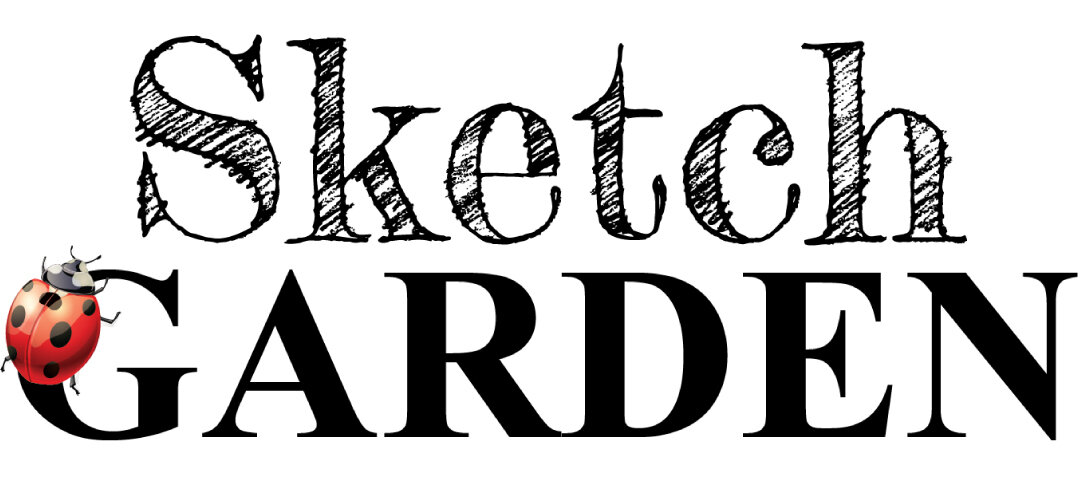Can one tiny tip resolve your coloring problems?
I don't usually make gigantic claims
I'm not the Sham-wow guy and I'm not a life hacker.
But I do know a thing or two about coloring.
What I know most is this:
How well you color images, actually how well you do ANYTHING in life is a direct result of how much effort you put into building your skills.
Even Mozart, who was born with boundless talent that practically dripped out his nose and ears... even he still had to practice, practice, practice before he became great.
But now that I've put a gigantic qualifier on everything I write below, there actually are a number of teensy-tinsy things that you (yes, YOU!) can do TODAY to immediately improve your coloring.
I'm serious.
There are small things you can start doing right now that will dramatically improve the quality of your coloring.
Introducing the Tiny Thing Series
Otherwise known as "Amy points out the little things some of you are not doing..."
Once a month, we'll talk about one small thing, one mind-numbingly easy step that you can add to your coloring routine that will allow you to color better forever.
Today, your Tiny Thing Assignment is to begin pre-evaluating your stamps
What the heck does that mean?
Well first, allow me to point out one small difference between an artist who colors and a crafter who colors. And this isn't a judgement here, I'm simply going to point out one key difference between the way I work and the way you work.
When I color one of my own digital stamps, I use the exact same tools and techniques that you use.
The difference is that I drew the original image and you're coloring an image that someone else has drawn for you.
It sounds like a small difference, because a drawing is just a set of guidelines, right? Why does it matter who draws the stamp, as long as it's cute, eh?
Actually, it makes a world of difference.
You see, when I draw a digital stamp for you, I do a lot of thinking.
Take this House Mouse stamp here, it's "Pincushion" by Stampendous.
As the illustrator (not me) drew out this scene of mice, thimbles, and a big pincushion, they went through a long thought process.
"The large mouse has two feet that he's lifting into the air on each jump. His ears are pinnned back in excitement. There are pins in the cushion but they're not right where the mouse is jumping, otherwise he'd stab himself. The sleeping mice are completely relaxed with limp ears and limp tails..."
Yes, artists actually think these kinds of thoughts as they draw.
This thinking process means that the artist is completely familiar with every single object in their drawing. They know what everything is, why it looks the way it looks, and where one object stops and another object starts.
They understand everything inside the image because they thought it through before they drew it.
When coloring, you're working on a second hand image
And your information about the image is completely second hand.
Here's Whipper Snapper Design's "Squeaky Baker".
Tell me quickly, what are the two things falling off the baker's tray?
Cookies? Muffins? Truffles? Spitwads?
It's a little hard for us to tell, primarily because we didn't draw this stamp. But the artist knows exactly what those roundish brown things are.
How do crafters overcome the information deficit?
That's today's Tiny Thing: before you pull out your markers, maybe even before you stamp the image onto paper, stop and take a good amount of time to visually walk yourself through the entire image.
Evaluate everything you see.
Start at the most logical place on the image and work your eye around the entire image. Don't just look, actually think your way through every element in the stamp.
For me, I'd start with the face. Expression is key, so I'm not just looking to see how many eyes and noses he has, I'm looking at how his eyebrows are related to his eyes, is he happy? Sad? Surprised? Angry? Is he smiling or smirking? Where do his whiskers start and stop? All of these things are important to preserve the look of a cute and happy mouse. If we mistake a tuft of fur for an eyebrow, we could accidentally make him look evil and wicked. We don't want Satan's personal mouse baker on your grandaughter's birthday card.
Next I might move to his body. I note that I can only see one hand but I can almost see two feet. That affects the colors I choose for some of the foot-shapes.
From there I'd work even further outwards, evaluating every single item in the stamp image. What is it? What color should it be? How much of it can I see?
If you don't take the time to evaluate your image, bad things happen!
This is why I want you to perform the evaluation BEFORE you pick out your markers.
This prevents mistakes.
What kind of mistakes?
Well, here's one: Really look at that baker's hat. Now we're looking at a pre-colored version of the stamp. Lucky us, because the hat is shown as white, we can easily deduce that this is a chef's hat.
But what if we were looking at that shape in just the black and white version?
Frankly, if all I could see was that cloud shape sitting on a cylinder shape, I might think it was a muffin.
I've seen stranger things in stamps. A mouse with a muffin on his head isn't out of the realm of possibility.
Without properly evaluating the entire image, I might grab a brown set of markers. I could give that muffin some blueberry spots. I could give it a pink cupcake liner. I could color that shape the best darned muffin you ever did see.
And then feel stupid later when someone asks why my mouse is wearing a dirty chef's hat.
C'mon. We've all done something similarly wrong.
How many times have you been coloring leaves in a tree, only to discover there was a bird in the tree AFTER you've colored his tail green?
Or colored a flower petal green?
Or thought you were coloring a long lock of hair that turned out to be a wind-blown scarf?
Thoroughly evaluating an image helps you to become completely familiar with the image
You want to be as familiar with the images as the original artist was.
To color it well, you need to know it well.
Don't believe me? Think I'm being silly because you would never-ever color a muffin on a mouse's head?
Well check out this image:
This is Penny Black's "Dear Mice, Watering Can" stamp.
I'm going to ask you a few questions now. And don't write them off as stupid questions because the answers won't be obvious to everyone.
What is the object at #1?
Is this a strap for overalls or a strap for the backpack the mouse is wearing?
What is the mouse standing on and what is the item at #2?
If the mouse is standing on a terracotta pot, that's the brim of the pot. Or is the mouse standing on an aluminum bucket with a small rolled brim on a hill of grass?
What is going on at #3?
Is that a water leak or is the watering can sitting on a paving stone?
What is item #4?
More water or a rock?
Think I'm kidding? I'm dead serious. I can easily color a very convincing version of every option I've listed.
And these options aren't as dumb as a mouse with a muffin on his head. Every question I asked was entirely reasonable based upon the drawing.
Only the original artist knows the correct answer. We can make an educated guess but we can't be totally sure.
This is why you must evaluate every item in an image before you color it
Make an educated guess based on careful thought and consideration.
Don't just color away at it without stopping to think about what you are coloring.
Evaluation is One Tiny Thing you can do to improve your coloring immediately.
It's a simple thing to do; it takes very little time and it prevents a lot of weird stuff from happening.
One Tiny Thing: Stamp Evaluation
Try it today. You'll appreciate the results!

